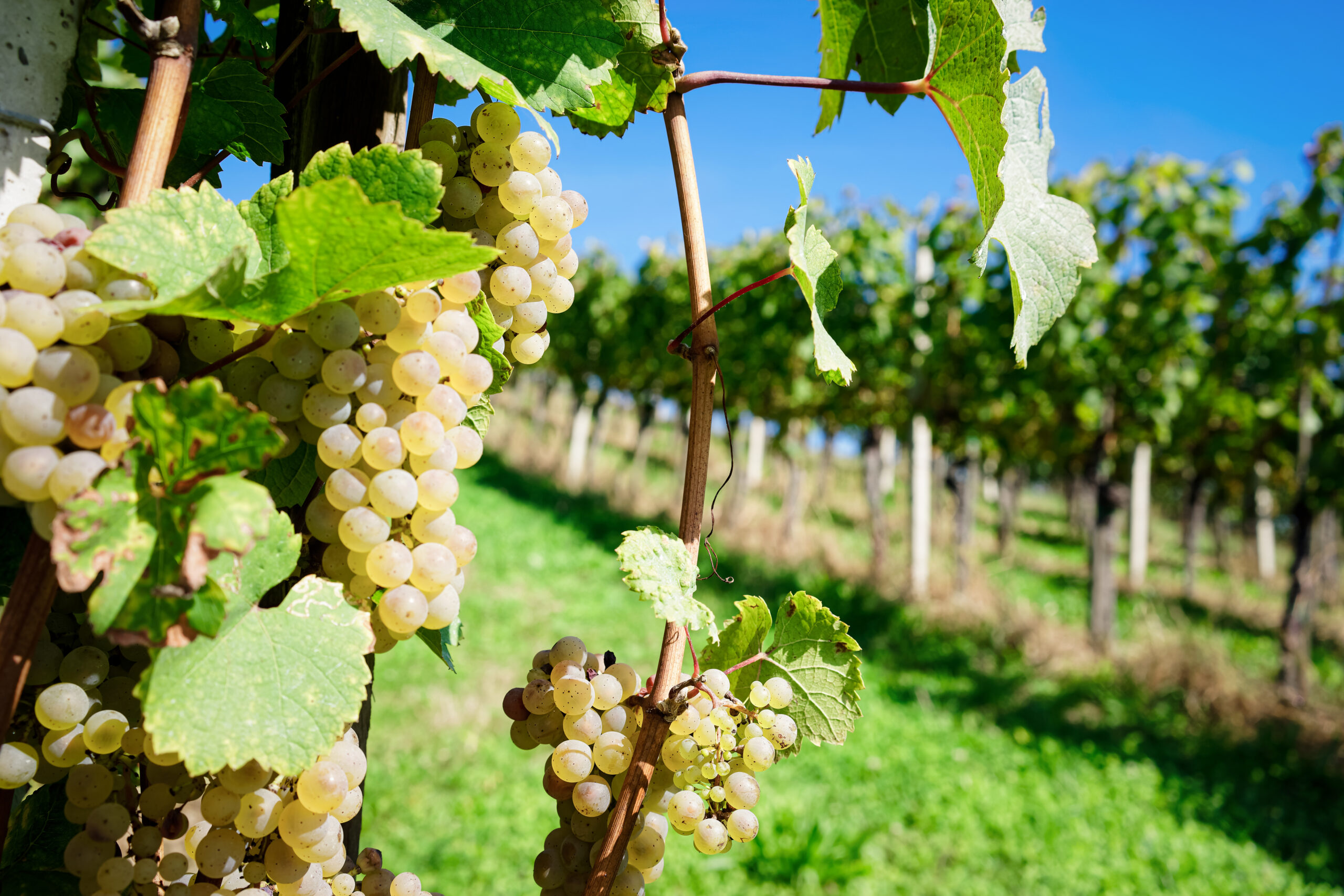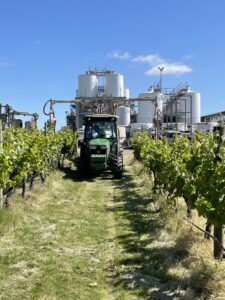
Introduction
Research at the AWRI and other research organisations has demonstrated that phenolic compounds such as guaiacol, 4 methylguaiacol, cresol and syringol contribute to off-flavours and aromas in wine made from grapes that have been exposed smoke. These volatile phenols can also bind to sugars within grape berries to form phenolic glycosides, which also contribute to smoke characters.
Due to biosecurity restrictions, Affinity Labs is only able accept wine samples (not grapes or juice) from customers outside Australia for analysis of smoke markers (both volatile phenols and associated non-volatile glycosides) that may indicate smoke exposure. Understanding the levels of these marker compounds in finished wine or micro-ferments may assist with assessing the risk of smoky flavours.
Which marker compounds are analysed?
Research at the AWRI has shown guaiacol and 4-methylguaiacol as important compounds in contributing to ‘smoky’ off aromas and flavours in grapes and wines; however, further research has shown that other volatile phenols can also play a role in assessing the likelihood of smoke exposure. Because grapes rapidly metabolise volatile phenols to glycosides, analysis of non-volatile glycosides provides important additional information. The full list of compounds analysed by Affinity Labs is shown in Table 1.
| Volatile smoke markers | Non-volatile smoke markers |
| Guaiacol | Guaiacol rutinoside |
| 4-Methylguaiacol | Methylguaiacol rutinoside |
| Syringol | Syringol gentiobioside |
| 4-Methylsyringol | Methylsyringol gentiobioside |
| o-Cresol | Cresol rutinoside |
| m-Cresol | Phenol rutinoside |
| p-Cresol |
Analysis types and cost
More information can be found by searching ‘smoke’ on our wine services page.
Sending samples for analysis
Samples of finished wine or dry micro-ferments (100 mL) in plastic containers can be sent directly to Affinity Labs by international courier. Please ensure that all freight, duties and taxes are prepaid to facilitate faster delivery. It is recommended that micro-ferments be clarified and receive a 100 mg/L addition of sulfur dioxide before despatch. A protocol for conducting small-scale ferments is available on the AWRI website.
Samples delivered to:
Affinity Labs
Level 2 Reception
The Australian Wine Research Institute
Hartley Grove, Cnr Paratoo Road
Urrbrae SA 5064
Australia
Paying for analysis
If you are an existing customer of Affinity Labs, you will be contacted on receipt of samples and provided with a quote that can be paid by credit card or brank transfer. New clients will need to complete a Prepayment account application form.
Analysis results
Affinity Labs has a 10 working day turnaround time for the analysis from the receipt of samples in the laboratory.
Results are sent via email. Please ensure the email provided to us is correct. If you have not received your results in the nominated time, please contact our Customer Service team, customerservice@affinitylabs.com.au.
Additional resources
For general information on smoke taint and strategies to limit the impact of smoke, visit the AWRI’s smoke taint page.
Information useful for understanding smoke taint results for grapes in the USA can be found in this UC Davis article.
Contact
For further information, please contact:
Affinity Labs (for sample analysis)
Phone 08 8313 0444 Fax 08 8313 6621 Email customerservice@affinitylabs.com.au
Website www.affinitylabs.com.au
Address Corner of Hartley Grove & Paratoo Rd, Urrbrae (Adelaide), SA 5064



